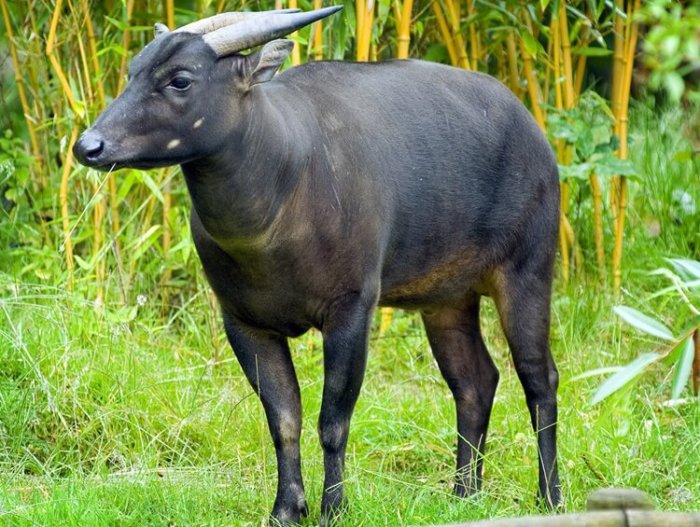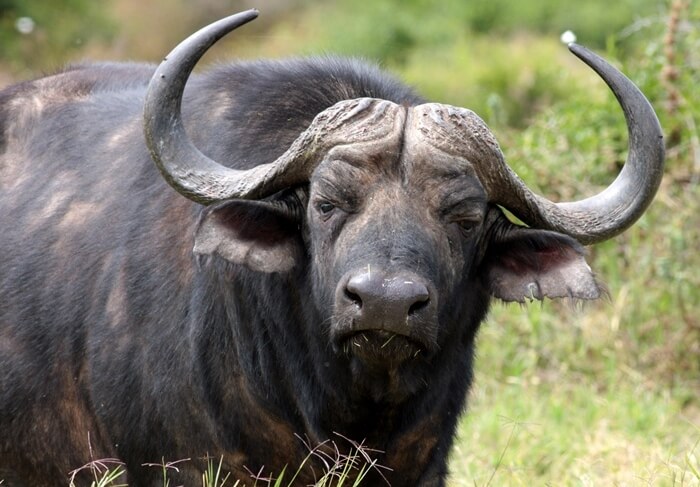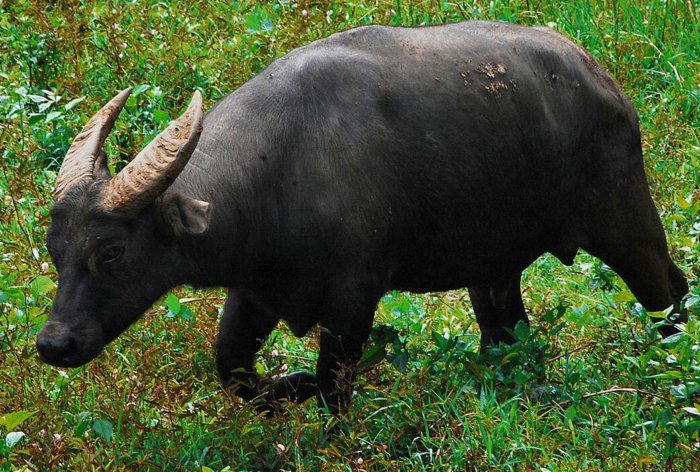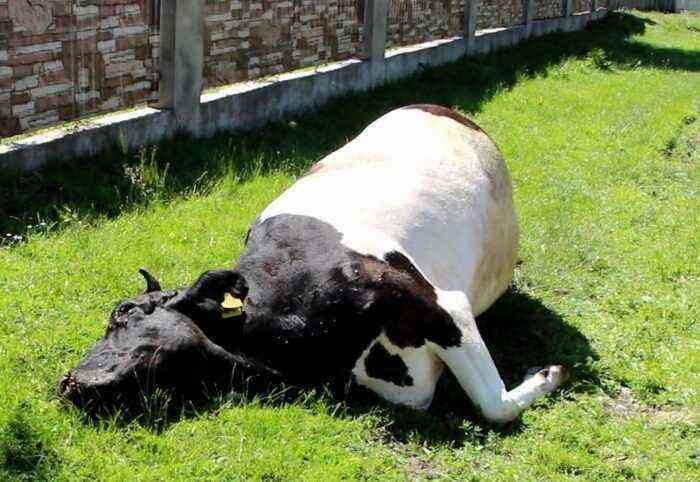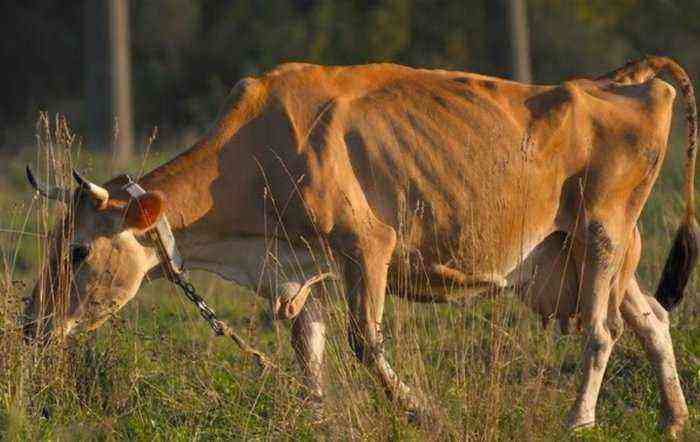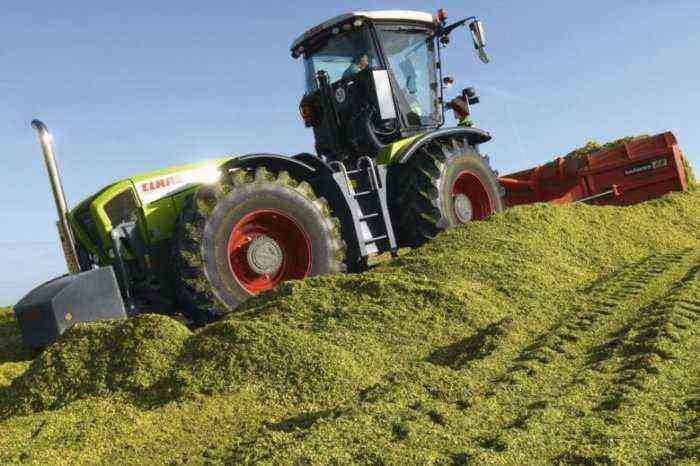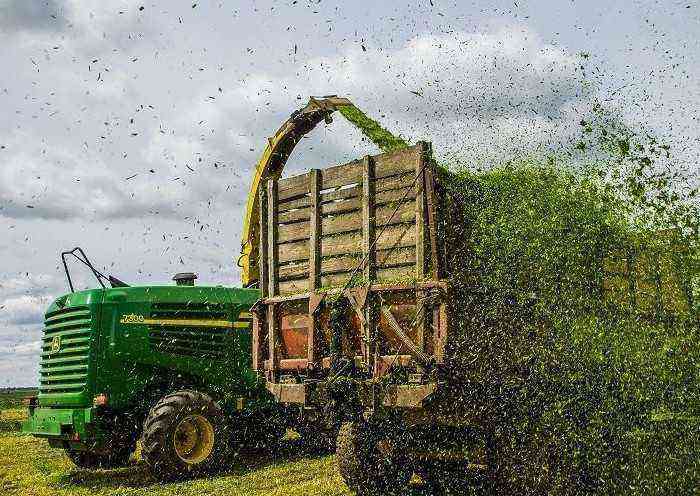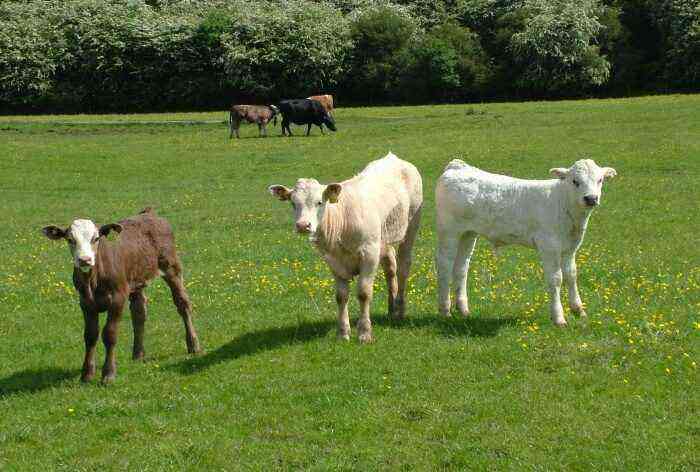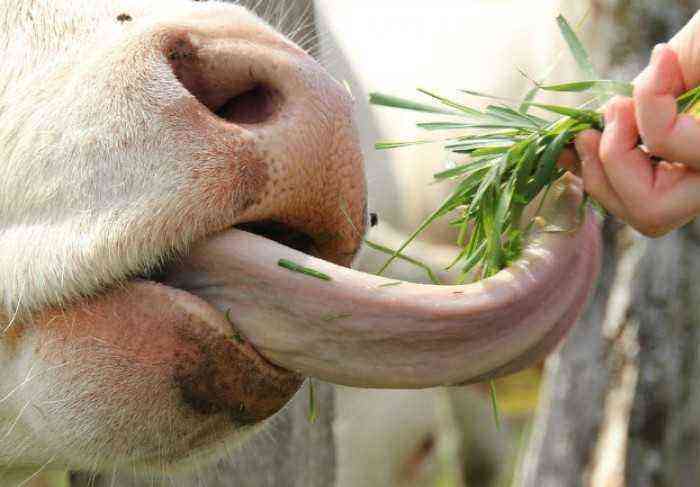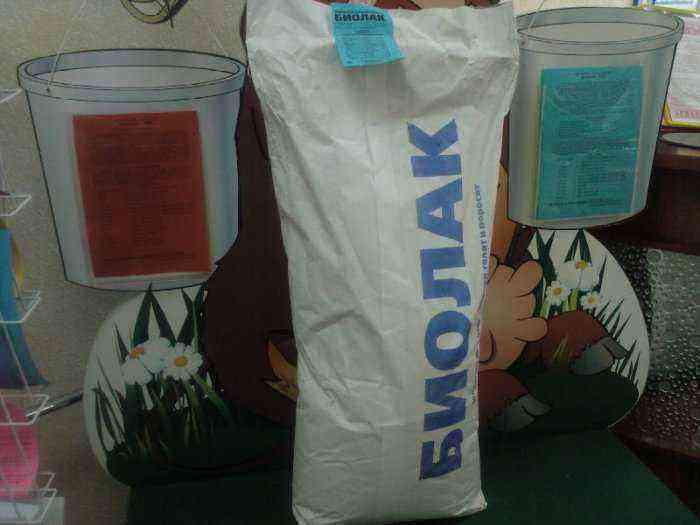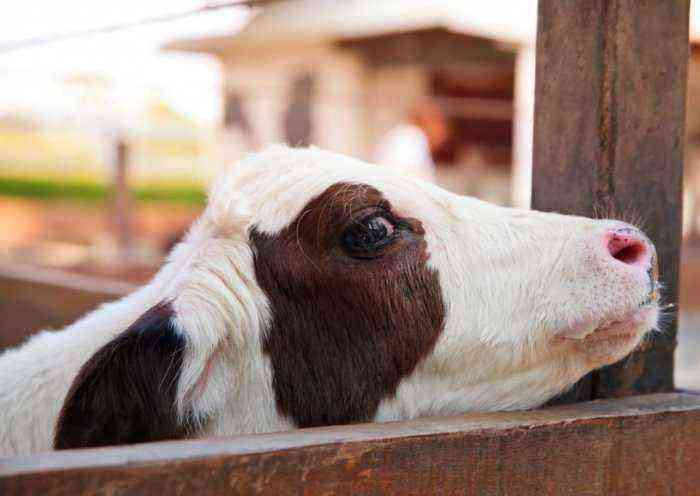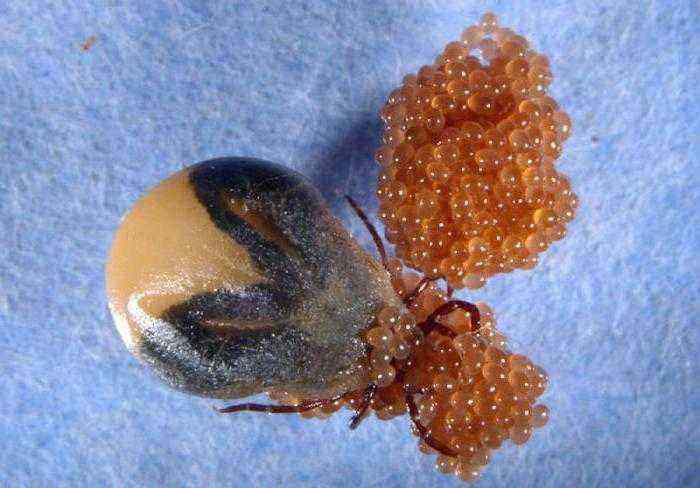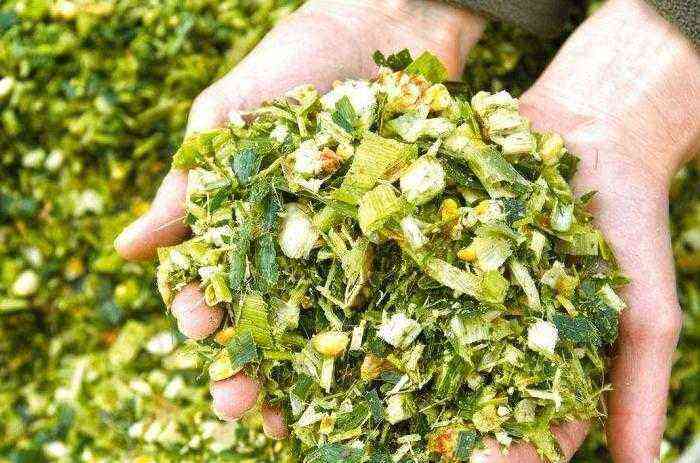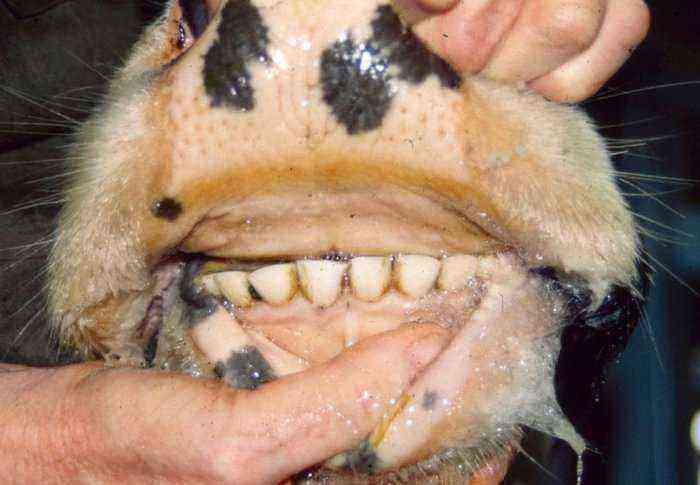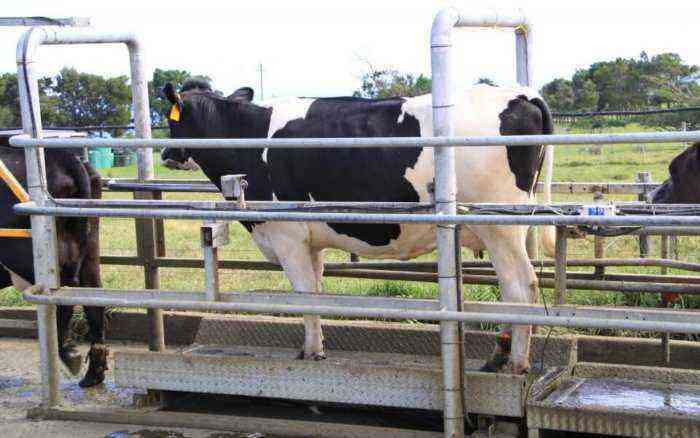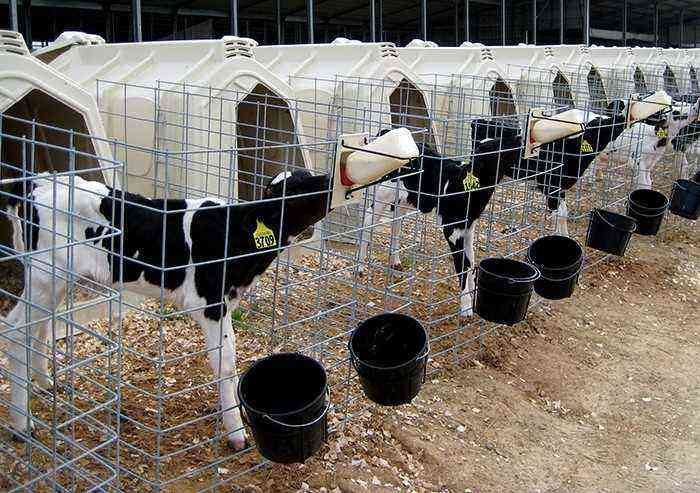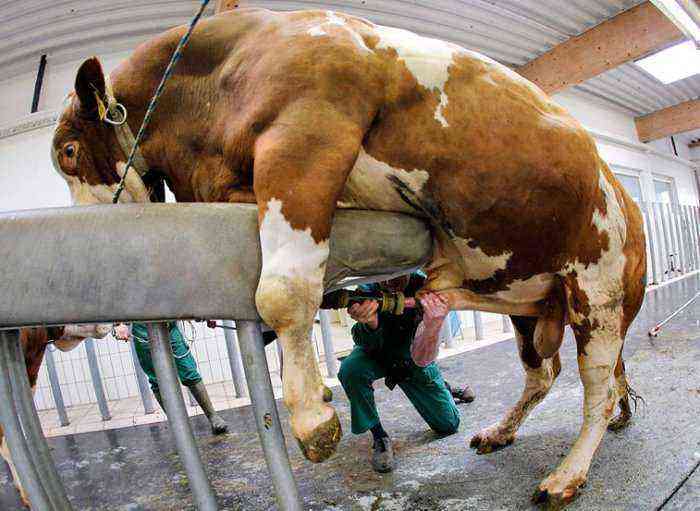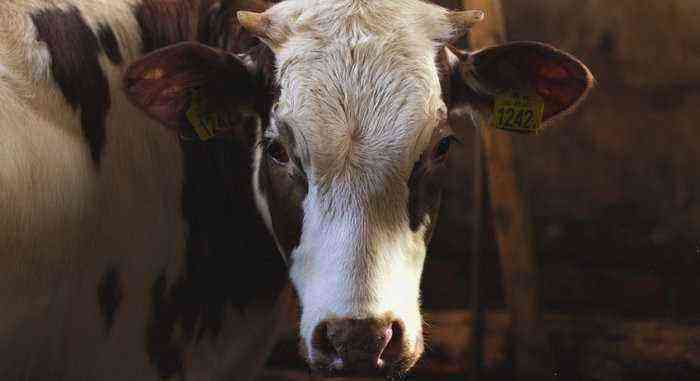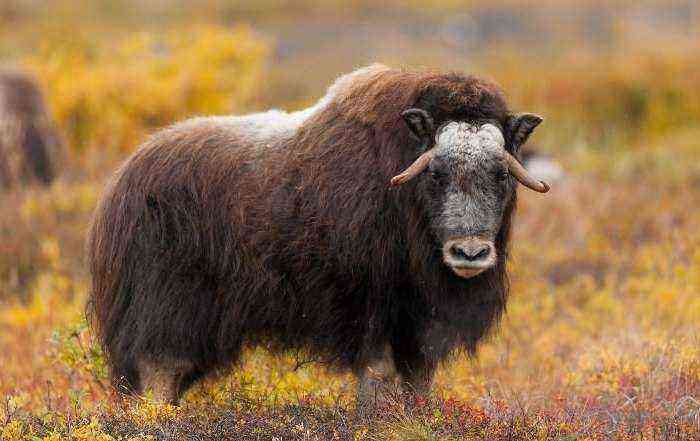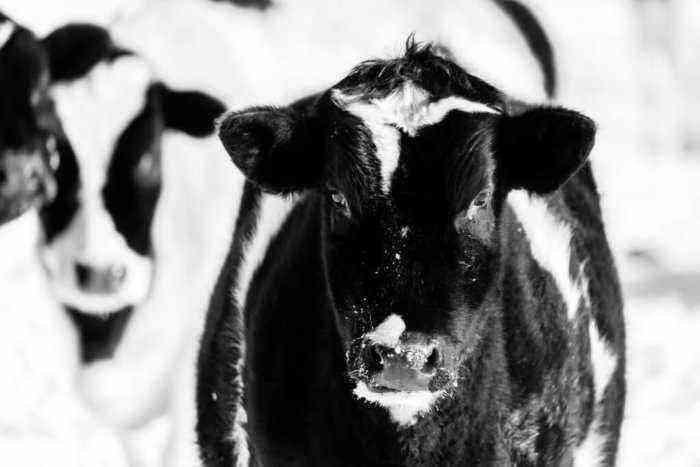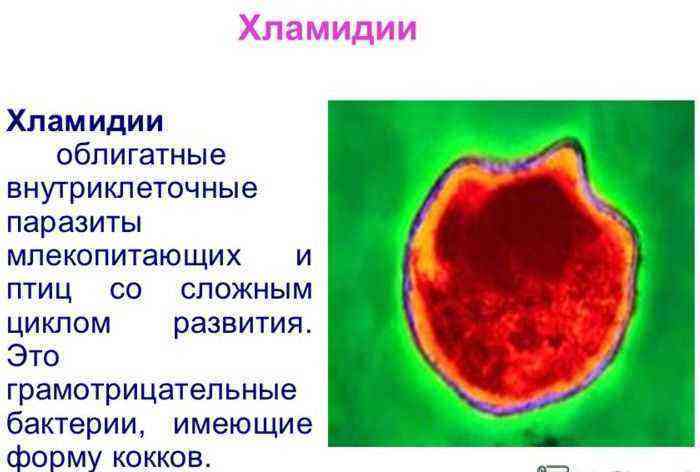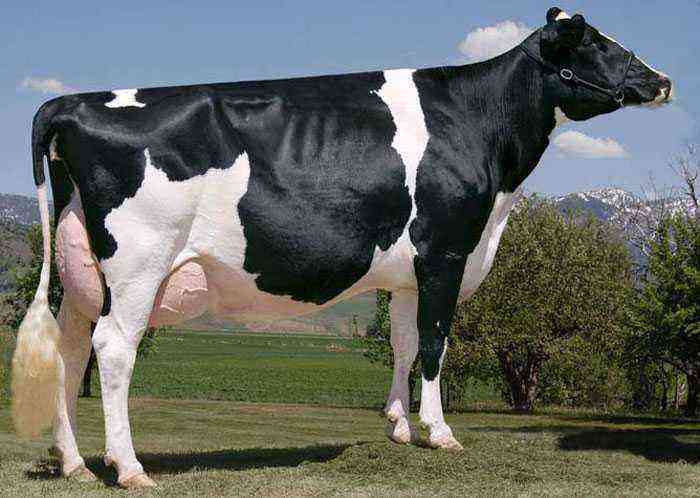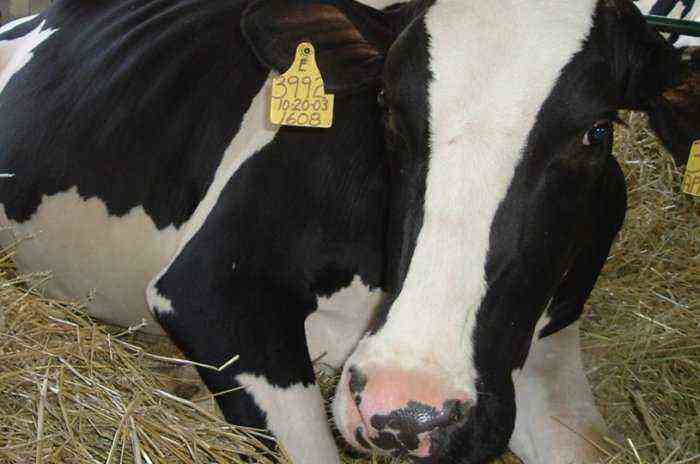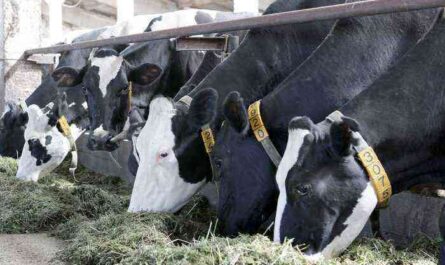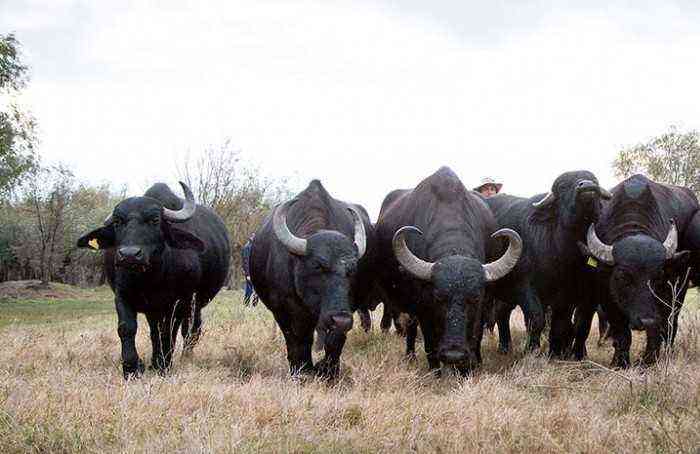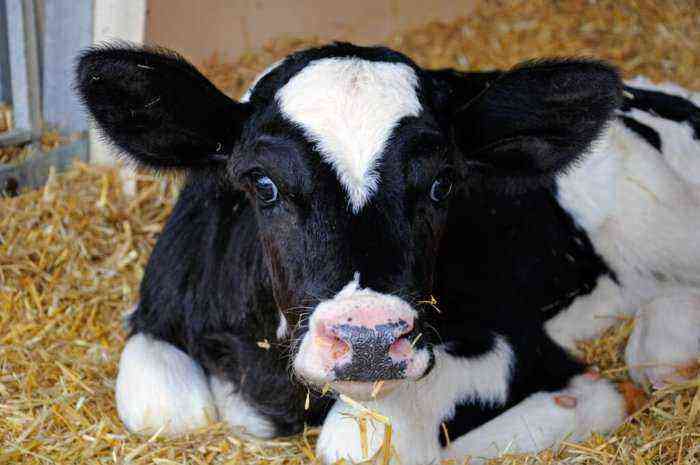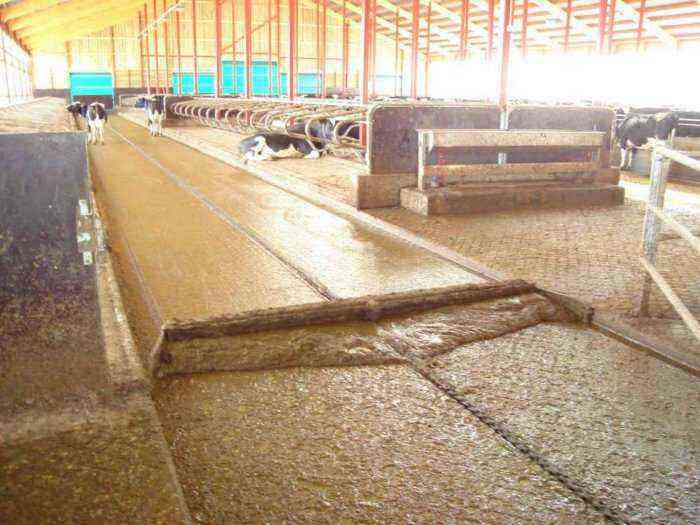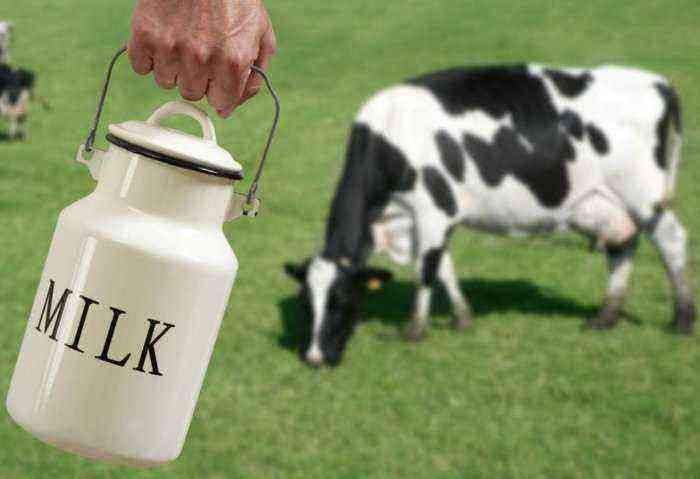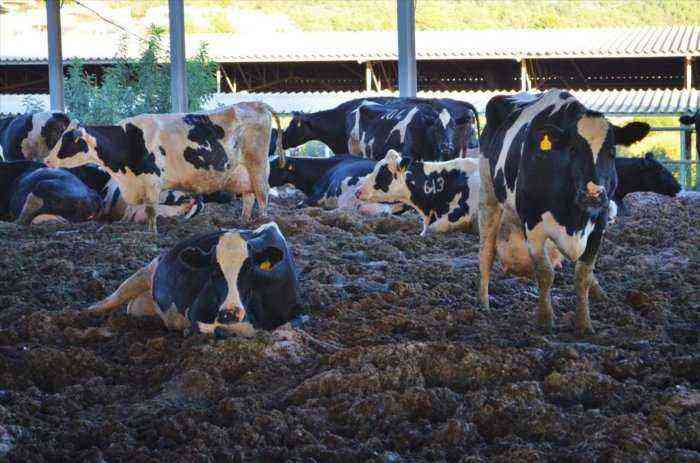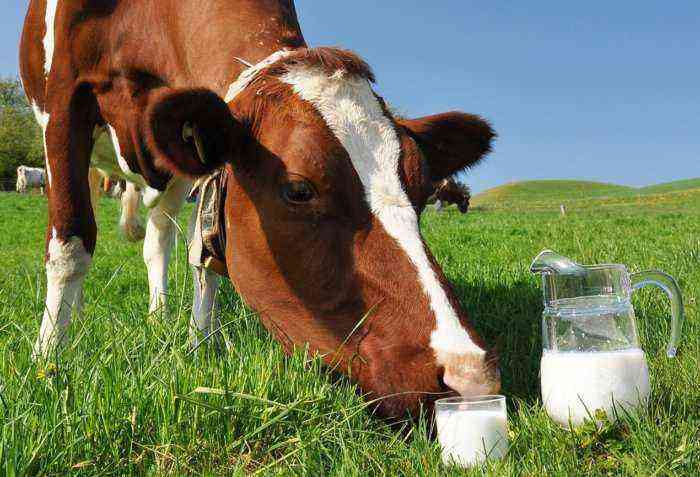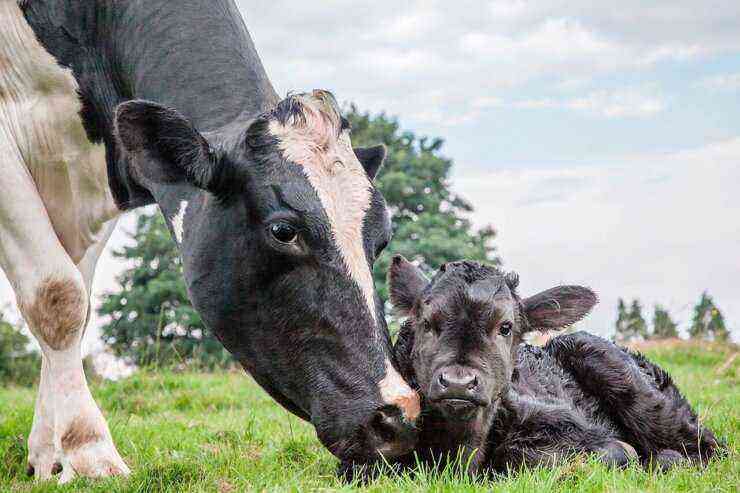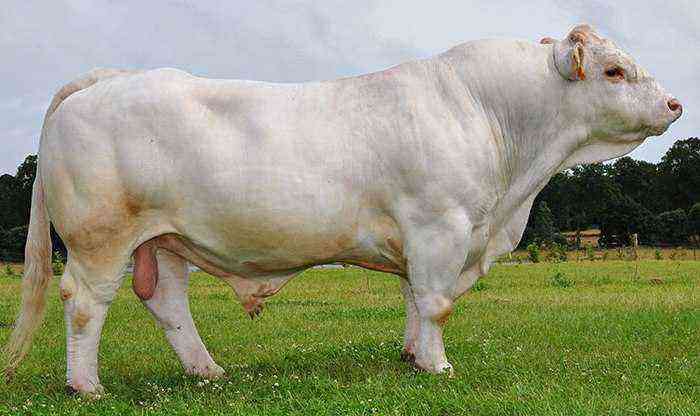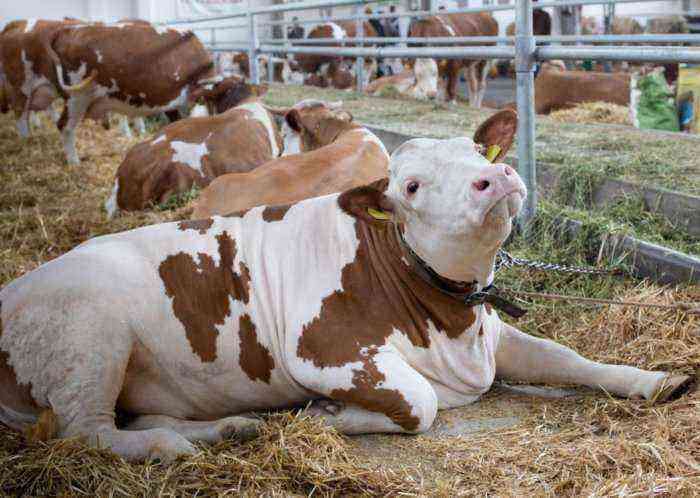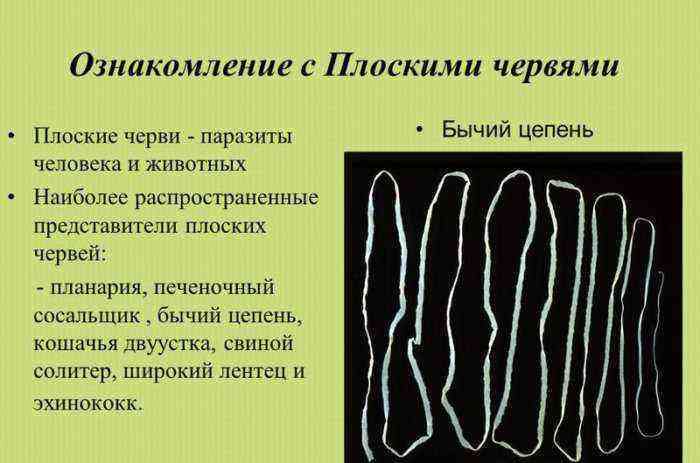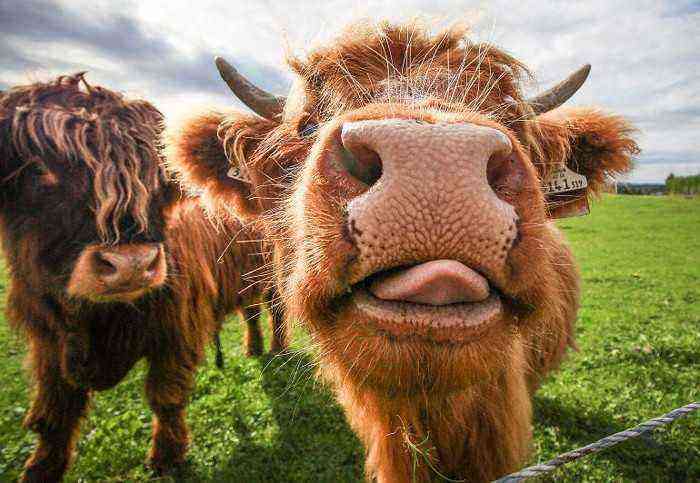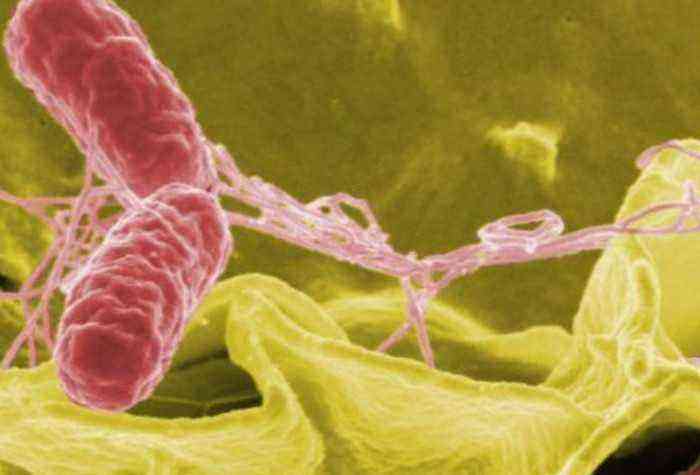Unlike ordinary varieties, the dwarf buffalo hardly reaches the size of a domestic cow, although in appearance and behavior it is in many ways similar to a large fellow. There are several breeds of such cattle, and each of them has its own characteristics.
Variety of pygmy buffalo
Characteristics and types
To date, the pygmy buffalo is represented by three main breeds. Each of them was formed in a specific region, the conditions of which influenced the development of the individual characteristics of the animal.
Tamarow
The miniature buffalo tamarou is one of the most prominent representatives of the fauna of the island of Mindoro in the Philippines. The specificity of the island residence provided him with a compact size. An adult individual weighs no more than 300 kg and reaches 1 m at the withers.
As for the exterior features of the tamarou, these include:
- exclusively black suit;
- barrel-shaped strongly folded body;
- small head with large triangular horns.
Reference. The number of this breed of animals is constantly declining, so Mindoro remains the only region in which their population has been preserved.
Anoa
The anoa buffalo is a midget even among other varieties of miniature cattle. His homeland is Indonesia, or rather, the island of Sulawesi, where animals lived for many years on the plains and in the mountains. Accordingly, two varieties of such buffaloes developed in parallel. In representatives of the plains, growth does not exceed 0,8 m, while the weight of the female is no more than 160 kg, and the male can reach a mass of 300 kg.
Buffalo anoa
Animals from the mountainous region are even more compact in size. In such specimens, even the weight of males does not exceed 150 kg.
The color of all anoas is black with brown areas. They are distinguished by a fragile physique, a long neck, a small head.
Reference. Their main difference is the straight horns, which are more reminiscent of antelopes. They are directed strictly back and can grow up to 25 cm in length.
forest buffalo
This variety is common in the African forests. Most often, its representatives can be found in the central and western parts of the mainland.
The forest buffalo differs from the listed breeds in larger dimensions. The average height at the withers in such animals is 1,2 m. The weight of an adult can reach 270 kg. Among the characteristic features of appearance stand out:
- red color, turning into black spots on the head and legs;
- proportionality of the body;
- curved horns;
- tassels on the ears, which are formed from lighter wool.
To date, a large number of such livestock is kept in protected areas.
Forest pygmy buffalo
Nutrition and reproduction
Dwarf buffaloes are completely herbivores. The basis of their diet is grass from the plains, leaves and fruits of trees that they collect on the ground. The plains variety of anoa also feeds on a variety of aquatic plants and algae. Many representatives of the breed live in marshy forests, where there is free access to such food.
It should be noted that various breed lines of miniature wild cattle differ from each other in terms of activity time. In representatives of the forest African variety and anoa, feeding is carried out during the daytime. Tamarou feed mainly at night, and during the day they rest in the shade of trees.
Reproduction in dwarf buffalo is carried out at any time of the year, while the female has a pregnancy period of almost 12 months.
Causes of extinction
In the habitats of dwarf wild cattle, a steady decline in the number of animals can be traced. There are several reasons for this phenomenon:
- Massive deforestation. For anoa and tamarou, the forest acts as a defense against humans and predators, as well as the main source of food. And as the amount of forest on the islands is reduced, the population of breeds is also decreasing.
- Poaching. The local population of the Philippines, Africa and Indonesia widely use the horns and skins of mini-buffaloes in their rituals and ceremonies. In addition, their tender meat is also highly valued, so even the ban on killing these animals does not stop hunters.
- Increasing the number of inhabitants of the islands. Despite the large size of Mindoro Island, due to the rapid growth of its population, the habitat of the tamarou is rapidly declining. Accordingly, such displacement of animals affects their numbers.
Tamarau
Conclusion
Dwarf buffaloes are a colorful component of the fauna of Africa and Asia. That is why many scientists seek to preserve and increase their population in separate protected areas and zoos. But today it is difficult to talk about the success of such activities.
